2
Introduction
Sub-nanosized metal clusters are polyatomic compounds of variable nuclearity (the number n
of atoms in a cluster), occupying an intermediate position between atoms and nanoparticles, differ from
the latter in a lower degree of crystalline ordering and in greater structural diversity. Their typical
diameter is of 0.2–2 nm which corresponds to the nuclearity up to 150-200 atoms. When the size
increases, the large crystalline domains appear in a particle which makes them similar to polycrystals,
and the standard theoretical methods for the description crystalline structures can be applied to
evaluation of various physic-chemical properties (see, e.g., study of 1 where adsorption energy on Pt
clusters went to the limiting values of crystal surface at n > 147). In contrast, the cluster structures at
lower n (typically n=2-150) are poorly predictable, both at the levels of simple “chemical intuition” and
standard metallic potentials which are used with high success to the description of bulk metal properties
or the properties of metal surface. Among quantum chemical methods, only DFT methods can usually
be used for the effective search for favorable structures of small clusters, although one cannot always
be sure of the reliability of their predictions, since the benchmark high-level theories can often be
applied in a limited range of nuclearities only. The same applies to the so-called novel “potentials of
quantum accuracy” (GAP,2 SNAP,3 MTP,4 ACE 5), since they are usually calibrated by DFT results in
a limited range of nuclearities. In this situation, the most reliable method for the sub-nano cluster
structure prediction remains the direct DFT global optimization. At the same time, the properties of
sub-nanosized metallic particles, both mono- and polyatomic ones, are of great interest because they
frequently manifest higher activity 6,7 and selectivity 8 in catalysis 9-11, can serve as the base elements
for the modern and further nanoelectronic,12,13 or spintronic14,15 devices or as a base for the novel
nanodevices manifesting e.g., neuromorphic properties16. Previously, using the example of magnesium
clusters, we demonstrated that the number of the cluster isomers which can be formed for the given n,
although is high and quickly grows with n, nevertheless remains much lesser than the number of

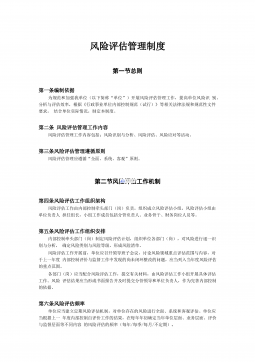

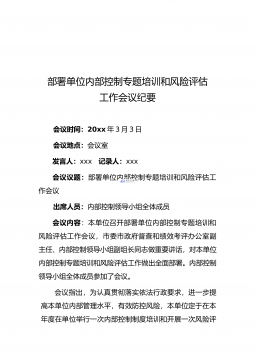




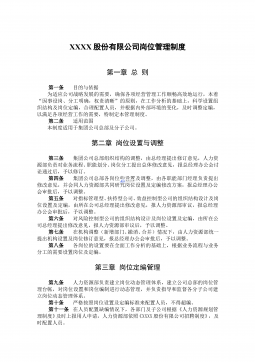
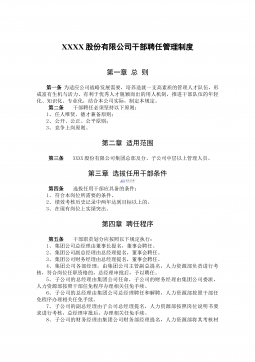
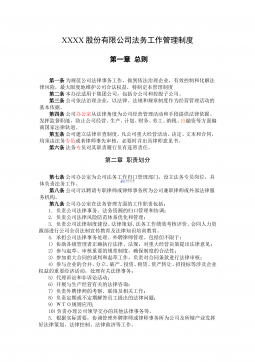
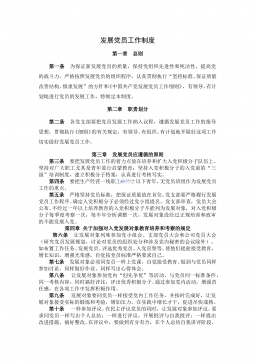
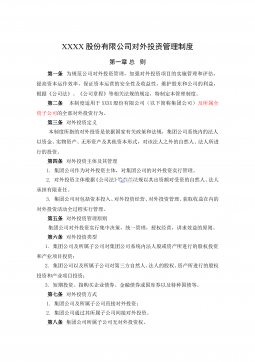
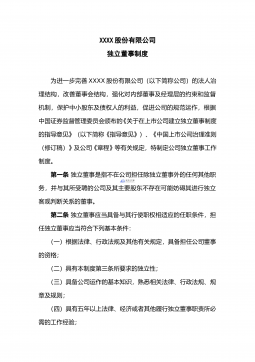
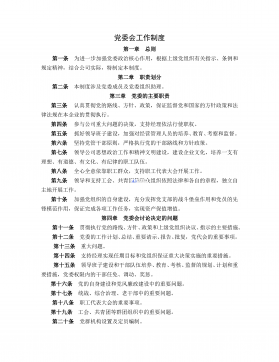
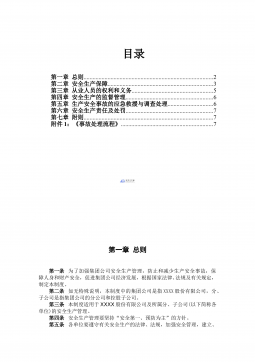

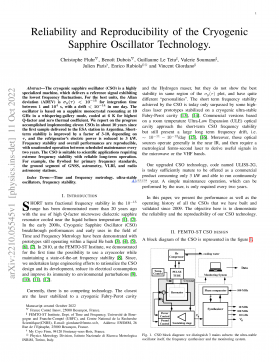

 渝公网安备50010702506394
渝公网安备50010702506394
